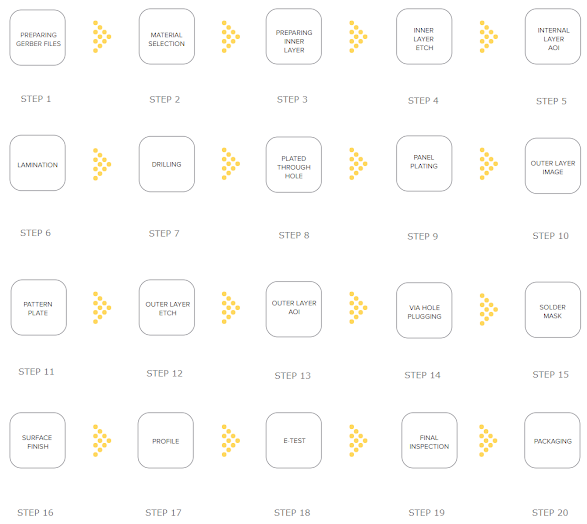What is the cost of PCB?
Printed circuit boards are necessities in electronics of all types. They’ve been used for several decades, and engineers continue to make them smaller and more powerful. Because of the complexity of PCBs and the factors that go into producing them, they are available in a variety of price points. What Are The Factors That Affect The Cost Of PCB? PCBs might be small, but they are mighty. To do their jobs efficiently and effectively, they have several factors that affect their costs. Type of PCB Material PCBs are made out of different materials like fiberglass, polymer inks, and solder. The conductive layers are usually made of copper, gold, or silver. These materials can affect the way the board reacts to heat. PCBs need to have thermal reliability and temperature reliability. They also need to have other mechanical properties that affect the performance of the board and the device it powers. When PCBs need to have higher frequencies, the boards need to be made of highe...

